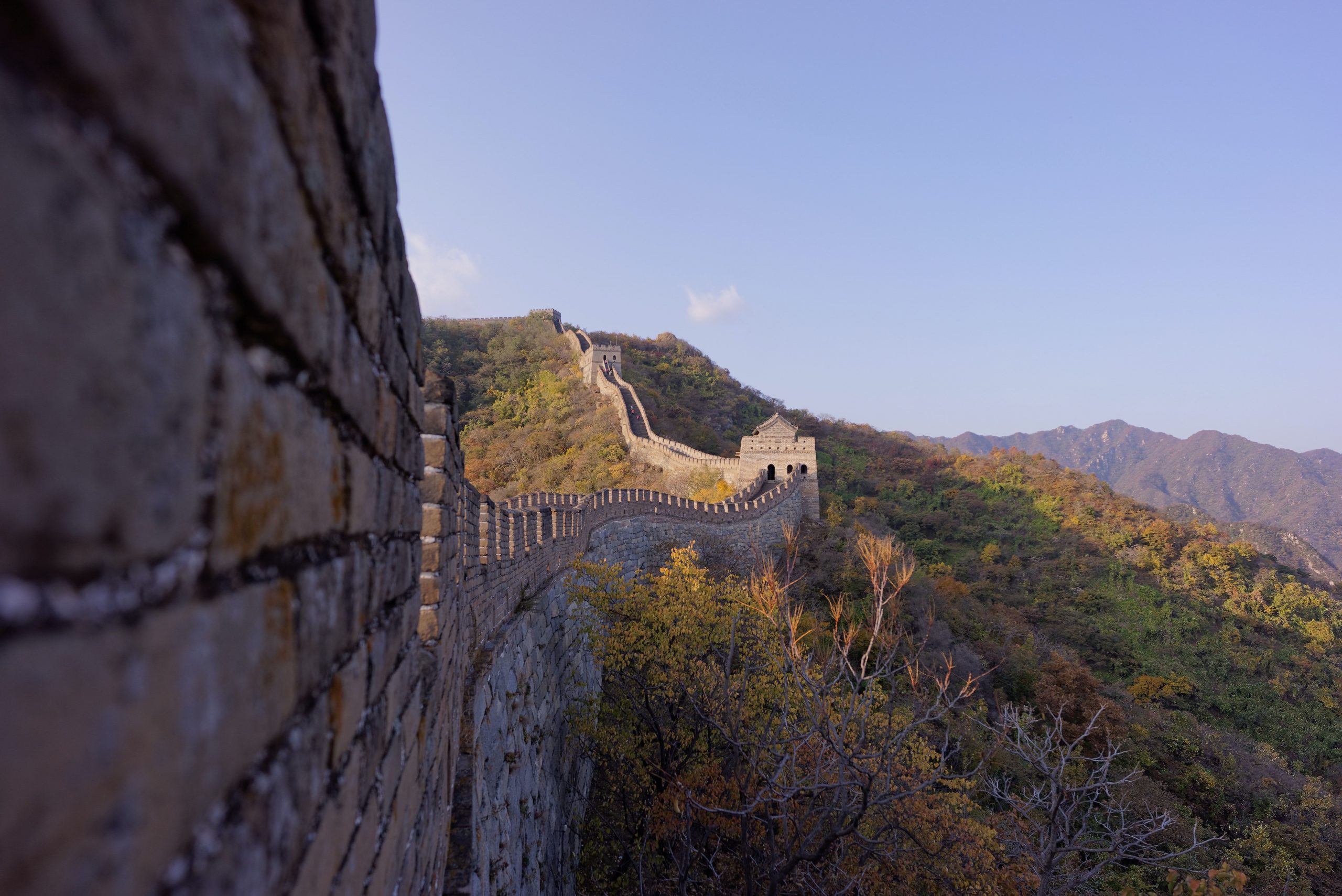Reports of an ongoing study published in the journal Antiquity has challenged previous assumptions about the Great Wall of China. The study undertaken by a team of archaeologists has revealed that the “Northern line” of the great wall was built for surveillance purposes.
“Prior to our research most people thought the wall’s purpose was to stop Genghis Khan’s army,” said Gideon Shelach-Lavi, the man who spearheaded the research body consisting of scholars from Israel, Mongolia and America.

In order to study a part of the “North Line” of the Great Wall in minute detail, Shelach-Lavi and his team made use of drones, high-resolution satellite imagery and traditional archaeological tools to chalk out the wall and locate artifacts that would help them to pin down particular dates.
The Northern Line also dubbed “Genghis Khan’s wall” was erected between 1,100 and 1,300 with mashed clay and had 72 structures in cluster form.
“Our conclusion is that it was more about monitoring or blocking the movement of people and livestock, maybe to tax them,” Shelach-Lavi from Jerusalem’s Hebrew University told the journal.
While historical presumptions prior to this research had stated that the wall was built to stop Genghis Khan’s army, Gideon Shelach Lavi’s research reveals otherwise. The two-year-long study investigated the Northern wall that had largely been overlooked by contemporary scientists.







